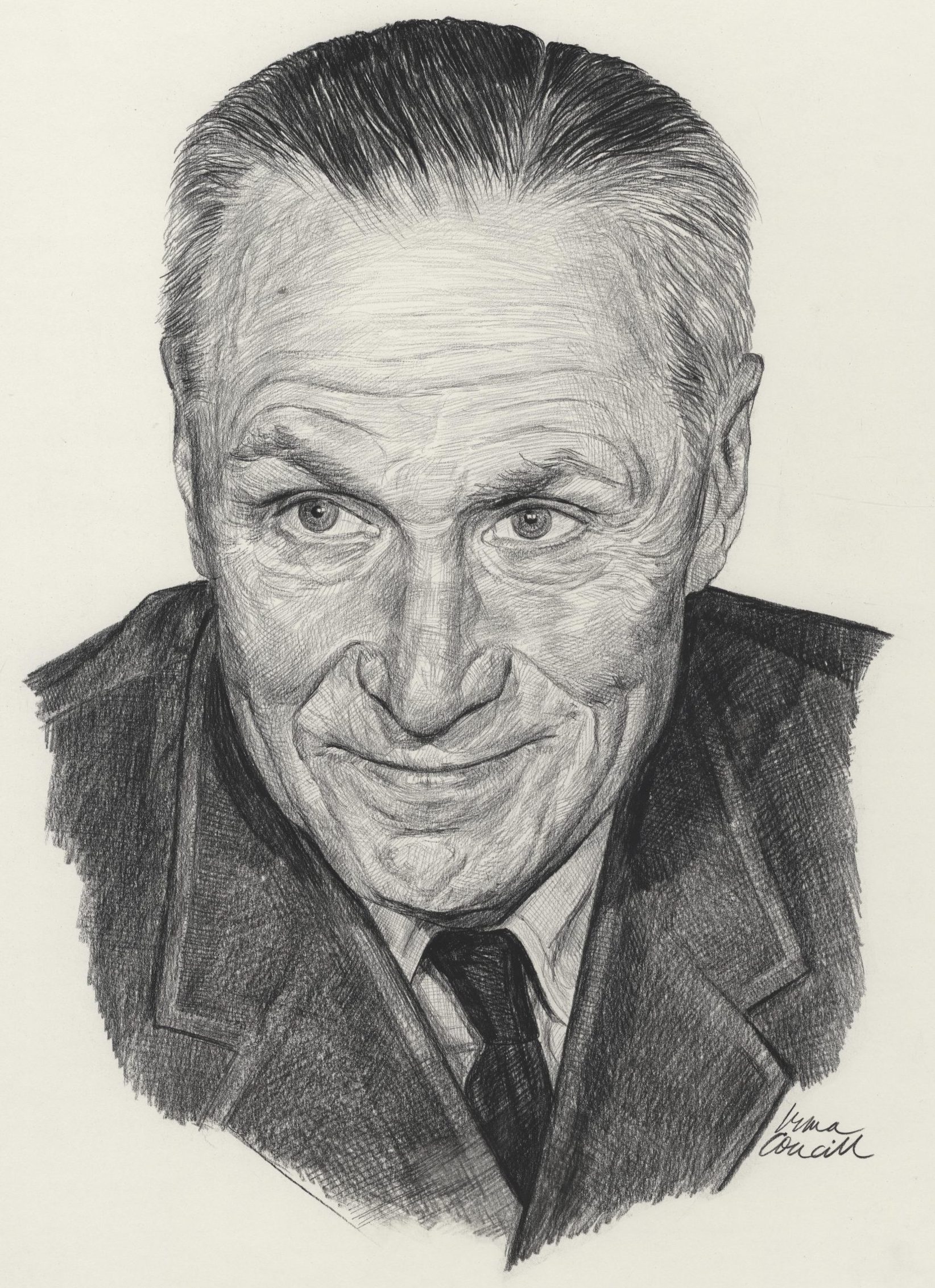George Hector Reid Phillips

Birth Date: August 17, 1893
Birth Place: Orangeville, Ontario
Death Date: July 20, 1977
Year Inducted: 1974
Awards: The McKee Trophy
As a pioneer forestry pilot he applied himself without reserve to designing new techniques for increasing the safety factor of fire-fighting pilots, which have substantially benefited Canadian aviation
Machine Gunner and Observer
George Hector Reid Phillips was born near Orangeville, Ontario, on August 17, 1893. As a youth he worked in Moose Jaw, Saskatchewan, and Iroquois Falls, Ontario, until he enlisted in the Second Canadian Pioneer Battalion in 1915 at Timmins, Ontario. He served in France as a machine gunner until 1917, when he was commissioned as a First Lieutenant, was wounded and Mentioned in Despatches for heroism under fire. Shortly before war's end he transferred to the Royal Air Force (RAF) as an Observer and served again briefly in France with the Independent Air Force. In 1921 he joined the Canadian Air Force as an Observer, but resigned shortly after.
Forestry Service
Phillips was hired in 1921 by the Forestry Service of the Province of Ontario as a tower observer. In 1924 the Ontario Provincial Air Service (OPAS) was formed. It urgently needed pilots, air engineers and suitable aircraft for its work. In 1927 the Department assigned him to a flight course with the Royal Canadian Air Force (RCAF) at Camp Borden, Ontario. He graduated in 1928 with his Commercial Pilot's Licence and became one of the first pilots hired by the Forestry Service, flying Curtiss HS-2L flying boats out of Sioux Lookout, Ontario. Several de Havilland Moths and other float and seaplanes were added to the fleet at that time. In 1929 he also served as instructor for the OPAS, teaching pilots the kind of flying required for forestry work.
Difficult Flights
In 1931 Phillips was appointed Superintendent of the Eastern Flying Operations for the OPAS, with his headquarters at Sault Ste. Marie, Ontario, a position he held until 1940. During his early command of this wilderness area, he carried out a number of hazardous forestry and fire patrol flights. Mercy flights were also commonplace. One difficult flight involved bringing a doctor to a patient after dark, landing along the rocky shoreline of Lake Superior. The provincial police services also called upon him on a number of occasions for emergency flights.
The Trans-Canada (McKee) Trophy
During 1931 he flew 770 hours, largely in an area where fire hazard was high and the work particularly strenuous. In July of that year he logged 202 hours and did not miss one day of flying during the entire month. In recognition of his work for the Provincial Forestry Branch during that year, he was awarded the Trans-Canada (McKee) Trophy.
A Mine Rescue
In these years of intense air activity he was involved in designing and perfecting new methods of forestry control and fire-fighting techniques. At Camp Borden he completed another specialized RCAF course of instruction from Elmer Fullerton. When the Ontario government offered air support for the rescue of the men trapped by a rock slide in the depths of Nova Scotia's Moose River mine in April 1936, his was the first aircraft to reach the scene, bringing emergency rescue equipment and supplies.
Service with the RCAF
At the outbreak of World War II he volunteered for service with the RCAF, was accepted in 1940 and assigned to instructional duties at Camp Borden. His extensive flight knowledge was then directed towards ferrying aircraft across the South Atlantic Ocean. He was captured by the Vichy French at Dahomey, Africa, and held for ten weeks, until Allied forces took Casablanca in December 1942. On his return to Canada he was promoted to Squadron Leader and given command of the RCAF base at Edenvale, Ontario. Prior to his retirement from the RCAF in 1944 he was named Commander of a British unit at Natal, Brazil.
Superintendent of Algonquin Park
Early in 1945 Phillips returned to the Department of Lands and Forests, and became Superintendent of Ontario's Algonquin Park. New aircraft, especially designed for work in the northern bush regions were purchased by the OPAS, such as the Noorduyn Norseman, and the de Havilland Beaver and Otter. He remained in the position of Superintendent for 15 years before retiring to his farm near Orangeville in the fall of 1959. He had flown 14,000 hours in command of numerous aircraft types. He died on July 20, 1977.
To be successful in fighting forest fires, speed and the ability to fly fire-fighters and their equipment safely into and out of small lakes meant the difference between a small fire or one that would soon spread out of control, destroying valuable timber and endangering human settlements before it could be checked or put out by nature. George Phillips knew how to get into the small lakes for this king of work.
George Hector Reid Phillips was inducted as a Member of Canada's Aviation Hall of Fame in 1974 at a ceremony held in Edmonton, Alberta.
To return to the Inductee Page, please click here.
